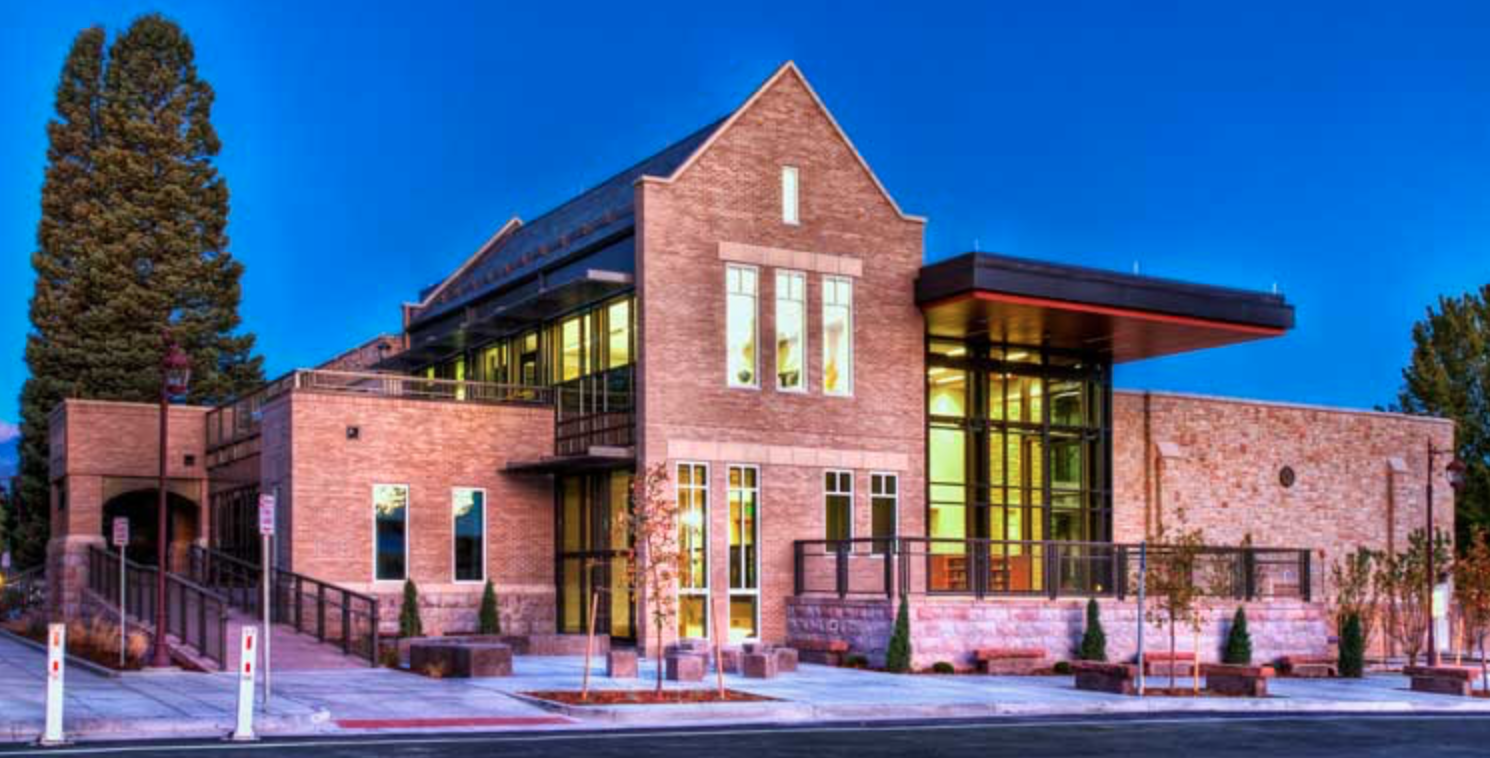The U.S. Green Building Council (USGBC) is celebrating a new LEED milestone, announcing it has surpassed 100,000 registered and certified LEED commercial projects.
“In 1998, we created LEED to measure and define what green building meant, and to provide a roadmap for developing sustainable buildings,” said Mahesh Ramanujam, president and CEO, USGBC. “Today millions of us are living, working and learning in LEED-certified buildings around the world. These spaces are using less energy and water, mitigating the environmental burden on their communities, saving money and offering the people who occupy them a better quality of life. This latest milestone demonstrates how the global green building community is delivering on the vision we set forth more than 20 years ago with better buildings and spaces that equal better lives.”
LEED is the most widely used green building rating system in the world. Available for virtually all building and interior space types, LEED provides a framework for healthy, highly efficient, and cost-saving green buildings. LEED certification is a globally recognized symbol of sustainability achievement and leadership.
Certification demonstrates leadership and signifies a building has gone above and beyond to ensure it is designed, constructed, operated and performing to the highest level of sustainability. With more than 2.6 million square feet of space certifying each day, millions of people around the world have access to LEED spaces that are reducing carbon emissions and providing healthier environments where they can live, work, learn and play.
The UN’s IPCC report released in October 2018 acknowledged the building sector as one requiring a “rapid and far-reaching” transformation in order to support global carbon reduction goals. Currently, buildings account for almost 40 percent of global energy-related carbon. The continued adoption of LEED and certification is imperative to decarbonize buildings, communities and cities.









